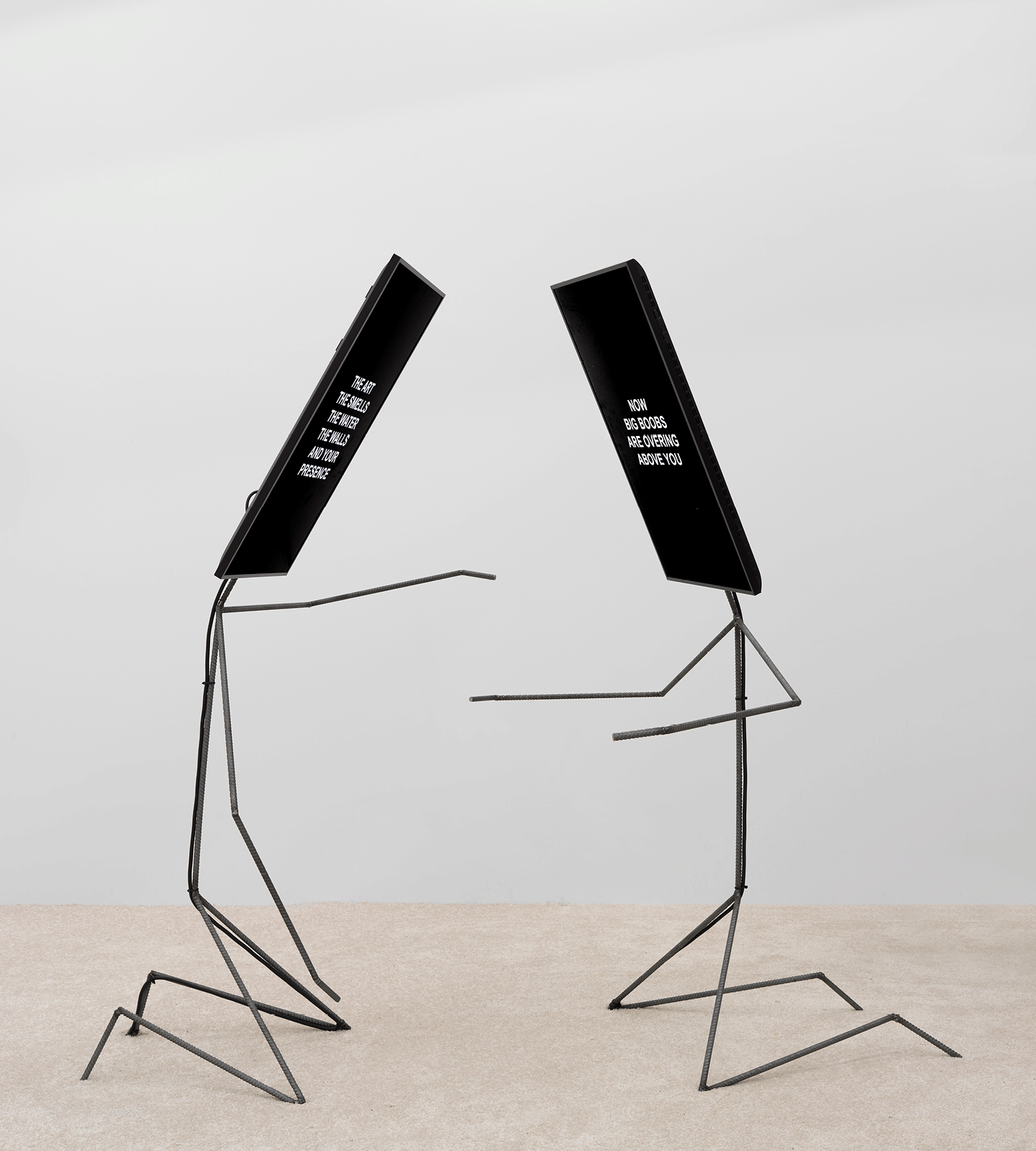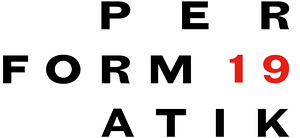The Brussels biennial of performance art
March 13–23, 2019
Kaaitheater, Sainctelettesquare 20, Brussels
Performatik19 showcases contemporary performance art or “live art.” For 11 days, artists enter a twilight zone in which they tinker with the codes of both the performing arts and the visual arts.
The sixth edition of Performatik is organized by Kaaitheater in association with 11 partners across the city who all contribute their own expertise: a.pass, Argos, Beursschouwburg, Bozar, CC Strombeek, Centrale for Contemporary Art, KANAL – Centre Pompidou, Topaz / IN/FINITY, Wiels, workspacebrussels, ZSenne artlab.
Performatik19 presents works by over 40 artists:
Alexis Blake, a.pass researchers, Bilial, Bryana Fritz, Christian Bakalov, Dan Graham & Glenn Branca, Emi Kodama, Gabino Rodriguez, Gluklya & Anna Bitkina, Ivo Dimchev, Jamila Johnson-Small, Jan Vromman, Jassem Hindi, Taavi Talve, Jimmy Robert, Joycelin Cottencin, Jozef Wouters & Globe Aroma, Laure Prouvost, Léa Drouet, Liz Magic Laser, Lotte van den Berg, Melih Genzoboyaci, Meryem Bayram & Guy Rombouts, Mette Ingvartsen & Will Guthrie, Mieko Suzuki, Mike Schmid, Naomi Kerkhove, Natalie Bikoro, Noé Soulier, Nora Turato, Oracle, Pieter van Bogaert, PRICE, Radouan Mriziga, River Lin, Sophie Whettnall, Stav Yeini, The Monastery, Ula Sickle & HYOID, Vera Tussing
Vito Acconci, the artist who presented work at Performatik09 and who passed away recently, once claimed that performance art can only ever be a temporary art form in an artist’s oeuvre; one moment that shakes everything up as announcement of a new period. But now that three performance artists won golden lions at the last Venice Biennale, now that performance art is a fixture at art biennials and art fairs, and now that you can graduate from visual arts programmes as a performance art artist, “immaterial” art forms appear to have acquired a permanent place in the world of visual art.
Is it a sign of the times that living bodies increasingly occupy museums? Are museums skilfully responding to consumers’ desire for experiences? And do artists avidly adapt, for example by creating a theatre version and a museum version of their work? Or are they searching for new forms and methods of presentation that tamper with the established codes of artworks, audiences, and institutions? Over the past decade, Performatik has decisively opted for the latter. Performance art is an art form that is essentially fragile—and must be.
In this sixth edition, visual artist Laure Prouvost is presenting her first performance work for the stage, and choreographer Noé Soulier is letting 20 artworks from the collection of the Centre Pompidou occupy the theatre space. Alexis Blake and Joycelin Cottelin are energizing art-historical works and offering a fresh perspective. Jimmy Robert, Jozef Wouters/Globe Aroma, Jamila Johnson-Small and Mathias Ringgenberg are shifting the boundaries of visibility and invisibility.
Historical backdrop of Performatik19 is the Bauhaus movement, which emerged 100 years ago. A number of Bauhaus principles have become deeply relevant again: artisanry versus mass production, the status of the author and the collective, the arts academy as a community of artists, and bringing art closer to everyday life. In the Bauhaus movement, the relationship between bodies and space was foundational to the development of new worldviews. The principles of Bauhaus form an inspirational source for the works of Radouan Mriziga, Ula Sickle and the a.pass researchers.
Death, loss and performativity are also central themes in this edition of Performatik—in March we will commemorate the 2016 attacks on Brussels. During U-Loss and Bardos States, Barbara Raes and The Monastery, respectively, will develop new rituals around loss. Lotte van den Berg and Liz Magic Lazer will explore the borders between performance, therapy and politics, while IN/FINITY looks at the intersection between care and art.
Performance cannot be pigeon-holed. Expect one-on-one performances, performances of 3 minutes to an entire day, rituals, performed research, concerts, videos, a parade, dance, sound installations, lecture performances, debates, constellations, exhibitions… and a party. The common element is always the live event, the encounter between you and the performer in the here and now.


